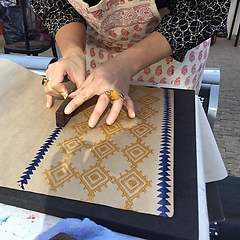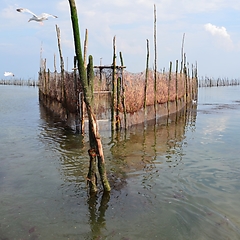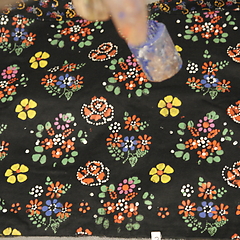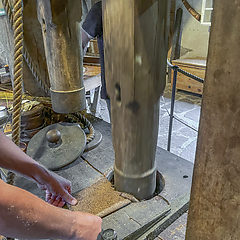The snuff miller produces snuff. In the Netherlands this is still done in two snuff mills, with a karotten-factory in Rotterdam (karot = roll of tobacco leaves). Snuff is very finely ground and dried tobacco, with added herbs. Snuff tobacco is not smoked, but sniffed. The snuff miller first strips the tobacco leaves, partly or completely removing the middle vein. Then the stripped leaves are sauced. The sauce is important for fermentation and is partly responsible for the scent of the snuff. There are many different sauces. Important ingredients of the sauces are: salt, potash, salmiac and sugar or syrup. Aromatic substances may be added too. The sauced leaves are wrapped and rolled in linen or cotton cloths, in portions of 3 to 4 lbs. These packages or poppen (dolls) are then tied with firmly tightened ropes. This is called karotten trekken (pulling karotten). Several weeks later the procedure of karotten trekken is repeated. After a number of weeks in store they reach the next phase: ficeleren. The cloth and the thick rope are replaced by thin ropes. The packages, the karotten, are now stored for a long time. After at least six months the karotten can be further processed in the pounding-tubs of the snuff mill. Mill De Ster as well as mill De Lelie in Rotterdam can be used for this purpose. The karotten are very finely chopped. The snuff is sieved and then ready to use. The use of snuff is very limited in the Netherlands. Snuff is popular on a small scale with Moroccan youngsters in the Netherlands.



